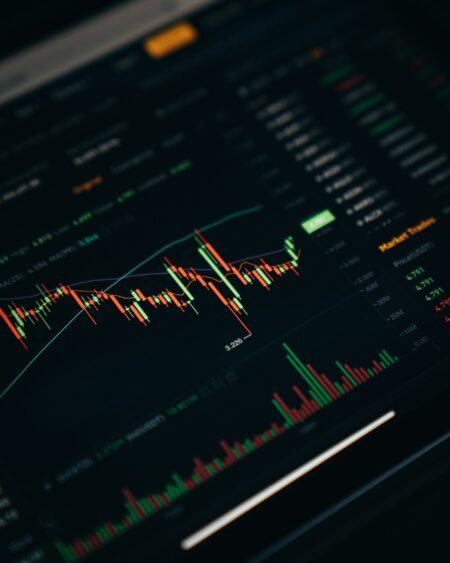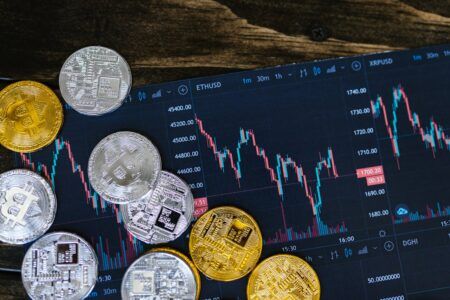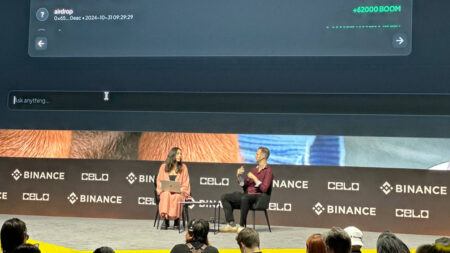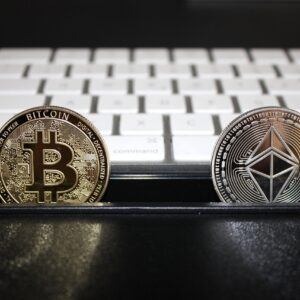Dharma, a leading Ethereum-based decentralized finance (DeFi) protocol which currently has more than $10 million locked in its contracts, allows users to borrow and lend cryptocurrencies without “a bank account or credit card.”
Last week, the Dharma protocol and platform went live as its mainnet became publicly accessible. According to Dharma’s development team, they’ve already “seen tremendous growth on both sides of the market.” Dharma’s developers claim that their platform’s “growth has far exceeded [their] expectations,” however there are still many unanswered questions from users as the peer-to-peer (P2P) crypto lending network has only recently been introduced.
In order to address some of these queries, the Dharma team has prepared a detailed set of responses to the most frequently asked questions (FAQs).
What Is Dharma?
Dharma is “a P2P lending marketplace” which allows users to seamlessly “borrow and lend” digital assets from “anywhere in the world, instantly and affordably.” Because the Dharma platform is a non-custodial marketplace, users “retain full control over their funds” at all times during and after transactions, Max Bronstein, the Business Development Manager at Dharma Labs, wrote in a blog post.
Loan Types Supported On Dharma
Currently, Dharma supports “fixed-duration, fixed-interest loans” and “all loans in Dharma have 90-day durations,” Bronstein noted. He added that in the future, Dharma’s management team intends to add “more flexibility over loan durations,” but for now, all crypto loans issued on through the decentralized marketplace have “a fixed rate of interest.”
This set interest rate will reportedly “not fluctuate over the course of the loan, [as] it’s locked in.”
Moreover, the borrower is entitled to the same interest rate, “regardless of whether [they] repay their loan on Day 1 or Day 90.”
Wallet Support
Currently, the Dharma protocol is supported by any crypto wallet that’s accessible to users. Although Dharma is based on Ethereum, users don’t need to use MetaMask if they want to transact using the protocol. As explained in Bronstein’s blog, users can use “any Ethereum wallet that supports ETH and ERC20 tokens.”
However, the Dharma team “recommends using addresses that [users] have full ownership of, whether that is through browser extensions (e.g., MetaMask), specialized browsers (e.g., Coinbase Wallet), or Hardware Wallets (e.g., Ledger and Trezor).”
Assets Currently Supported
Bronstein wrote that Dharma presently supports “borrowing and lending” for Ether and stablecoin DAI. The protocol’s developers are also “planning to add support” for Circle’s (USDC) and Bitcoin (BTC).
Dharma’s management is “actively looking to add more [cryptoassets] and [they’re] leaning on the community to let [them] know what they want [the P2P marketplace] to support.”
No Private Key Management
Bronstein explains that Dharma Key is a new method for allowing users to “cryptographically sign their transactions.” Instead of having users “manage their own private keys, they can authenticate their transactions with a 4 digit pin.” According to Dharma’s developers, this is like “being your own bank.”
To start using Dharma, borrowers have to put up at least “collateral 1.5x the value” of their outstanding loan. For instance, a user would have to put up $150 in collateral (in ETH), in order to take out $100 in Dai.
When Can Users Start Paying Off Their Loan?
Borrowers can start “repaying their loan at any point” throughout the duration of their contract. However, users must keep in mind that “the interest owed is the same regardless of how early the debt is paid back, so the only reason to repay early is that [borrowers can expect to] get [their] collateral back early.”
Currently, borrowers using the Dharma protocol can “partially repay their loans, but [the team is] working on adding that feature,” Bronstein revealed. In the event that “a borrower fails to repay their loan within the agreed duration, their loan enters a state of default and their collateral will be liquidated to pay back the lender’s full principal + interest,” Bronstein clarified.
How Does Liquidation On Dharma Work?
On the Dharma P2P crypto lending marketplace, a “borrower’s collateral is liquidated when a loan enters a state of default, which can happen … if a borrower doesn’t pay back their debt by the due-date,” Bronstein wrote.
Or, Bronstein noted that a borrower’s collateral will be liquidated “if the value of their collateral falls below 125% of the principal that they’ve borrowed.”
When loans issued on Dharma “enter a state of default, [they’re] usually liquidated within 15 minutes.” In order to “protect their collateral, borrowers can also top up collateral at any point in their loan’s duration,” Bronstein suggested.
As stated in the detailed guide on using Dharma, the protocol’s developers are currently “liquidating underwater collateral.” However, they reportedly intend to “move to a third-party liquidator system” in the foreseeable future. According to Dharma’s management, the new liquidator system will be somewhat similar to the one currently used by the MakerDAO ecosystem.
“Borrowers Don’t Always Lose All Collateral, When Liquidated”
Notably, borrowers “don’t always lose all of their collateral in the case of a liquidation.” The liquidations are supposed to ensure that “the lender receives their principal plus interest.” Moreover, any “remaining collateral after repaying the lender will be returned to the borrower,” Bronstein explained.
Borrowers are required to “repay their interest in-kind, meaning in the same asset that they borrowed.” For instance, if user borrows funds in ETH, then they have to “repay the interest on [their] loan in ETH,” not DAI or any other digital asset.
Because of its decentralized nature, Dharma marketplace users can expect to begin earning interest “as soon as they match with a borrower,” Bronstein noted. He added that this may “happen instantly or in the case of some larger orders, could take a few hours.” He also mentioned that “matching is dependent on market activity, but to date, most Dai loan offers match within 24 hours.” At present, ETH-based loan orders have been “matching more slowly, typically taking between 1–2 weeks,” Bronstein revealed.
According to Dharma’s developers, lenders have the option of “withdrawing their funds at any time prior to matching with a borrower.” Also once their order has been matched with a qualified borrower by Dharma’s system, the “lender must wait for the borrower to repay or be liquidated.”
Loan “Recycling” Not Yet Supported
As explained, loans issued through the Dharma platform “currently have 90 day durations, so that would be the maximum lock-up period.” Bronstein clarified that “any funds not matched with a borrower can be withdrawn at any time.”
Currently, Bronstein noted that “lenders can’t recycle their loan offers into a new loan, [as] they have to withdraw their funds and then create a new offer.” However, Dharma’s team is reportedly planning to implement that feature, in order to allow users to “earn interest with as little friction as possible.”
Where Does The Borrowed Crypto Go?
Dharma’s team has developed a “system of smart contracts” which enable users to “safely control [their] funds and match them with either a borrower or lender.” Bronstein explained that when users send their crypto to Dharma, they are actually “sending it to a smart contract that handles the loan agreement creation on [their] behalf.” Also, “at no point in the process does Dharma ever take custody of user funds,” Bronstein wrote
Finally, Bronstein pointed out that “all loans in Dharma are overcollateralized, meaning lenders are protected if the borrower defaults on their loan.” However, he also clarified that “lenders do face technical risks by sending their money to [Dharma’s] smart contracts.”
Dharma’s contracts have reportedly been “audited by Zeppelin, Trail of Bits, and ZK Labs.”









